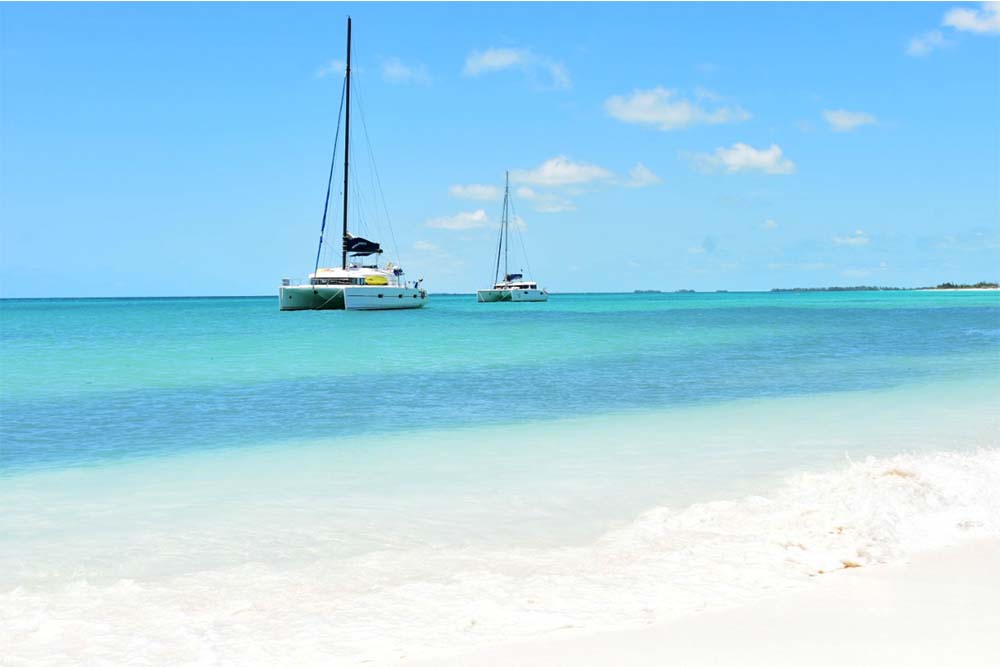Cuba
- Home
- /
- Destinations
- /
- Caribbean
- /
- Cuba
Cuba
REVIEW
Synonymous with endless, practically deserted beaches, crystal-clear waters, and turquoise hues.
TIPS
- Explore Castillo de Jagua.
- Visit “Playa Paraíso”.
- Explore the El Nicho Natural Park.
- Take a few days to explore Havana and its history.
ITINERARY (7 day)
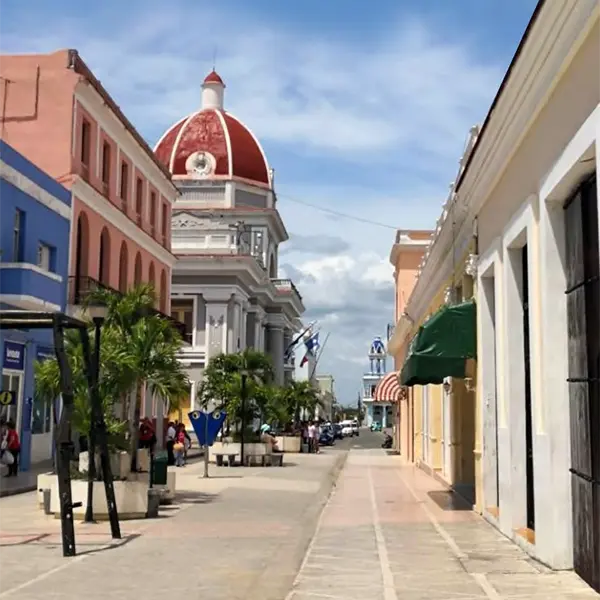
DAY 1 – Cienfuegos
Explore Cienfuegos with its striking French colonial architecture in vibrant colors, flanked by palm trees, wide streets with covered sidewalks, and a lively waterfront promenade. Head to Parque José Martí, a large square hosting excellent street food, shops, free Wi-Fi, and a music kiosk. Walk through Punta Gorda, dine at nearby restaurants, and enjoy the sunset. Take a taxi for about an hour (plan for more time) inland to the El Nicho waterfalls, where you can swim in the less crowded lower pool. As you begin your navigation towards Guano del Este, keep an eye out to admire Castillo de Jagua at the bay entrance. Be attentive because if you’re lucky, you may be escorted on your first leg by the dolphins that inhabit the area. Guano del Este features a strangely shaped lighthouse and sandy beaches with shallow coral waters.
DAY 2 – Cayo Inglés, Playa Sirena & Playa paraiso
Cruise to Cayo Inglés, a good stop before reaching Cayo Largo, a small limestone cay that was popular among pirates looking to hide their treasures. Although it has a bit of swell, you can anchor at Playa Sirena, which is a fabulous beach lined with palm trees that allows for incredible snorkeling. Make sure your camera is ready, as the photos taken here will be the envy of all with its bright turquoise waters and soft white sandy beaches. Explore Playa Paraíso, which was rated by TripAdvisor as one of the top 25 beaches in the world, or, if you seek isolation, head west of Hotel Cayo Largo del Sol.
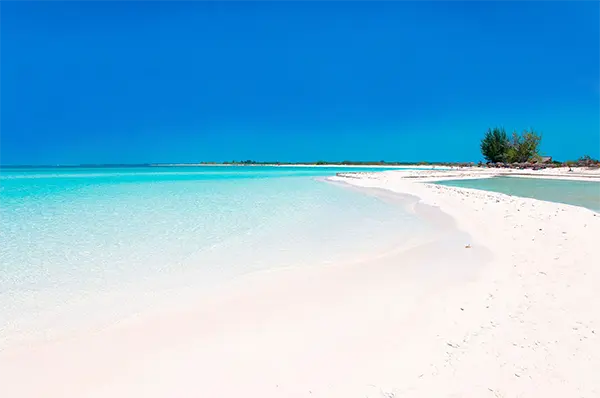
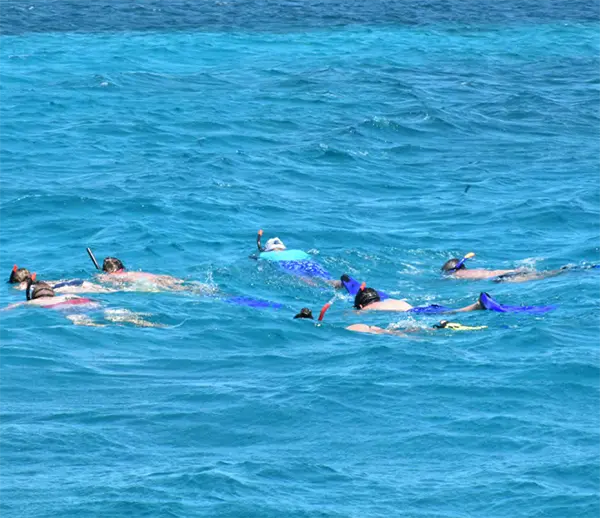
DAY 3 – Cayo Largo, Canal Quinto & Cayo Los Ballenatos
Spend the morning exploring Cayo Largo. Animal lovers can visit the Turtle Hatchery and Rescue Center, which is part of an important program in the region. Depending on the time of your visit, you may have the opportunity to release one of the turtles involved in this program. Keep an eye out for the resident iguanas as well.
After lunch, head to Canal Quinto, about 30 minutes away, where you can swim in a natural pool next to a sandbank that is calm and warm. Sail 40 minutes to the Los Vallenatos Coral Reef, which is ideal for diving and has vibrant marine life. You’ll see many tropical fish and perhaps even sea turtles. You can return to Canal Quinto or Cayo Largo overnight.
DAY 4 – Cayo Rosario
After breakfast, you can visit Cayo Rosario, an uninhabited island except for a healthy population of iguanas. This is a popular spot for diving and snorkeling due to the richness and variety of fish and marine creatures. If you want to relax on the beach, you’ll find an impressive and wide stretch of pink sand wrapping around the bottom of the cay. You can spend hours collecting shells and strolling along the beach.
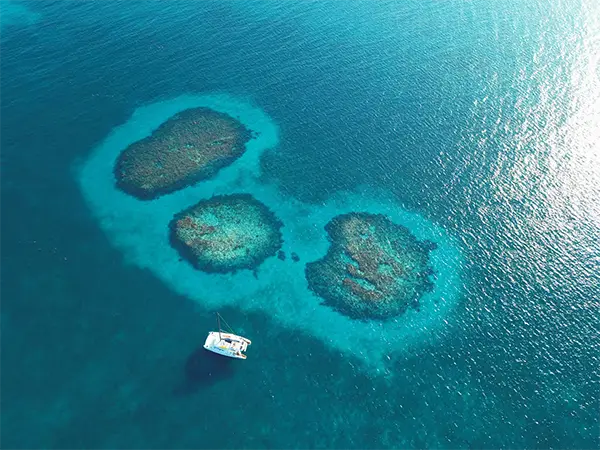
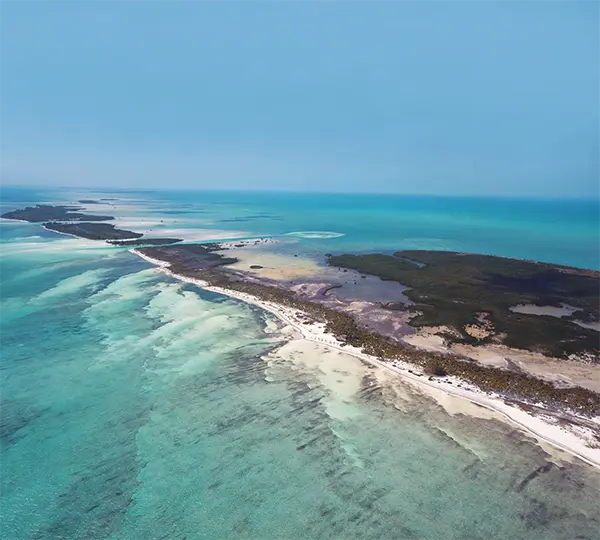
DAY 5 – Cayo Estopa & Cayo Rico
Sail to Cayo Estopa and enjoy the beach, swimming, and snorkeling. In the afternoon, sail to Cayo Rico with its light pink sands, impressive corals, and fantastic schools of tropical fish; you may even spot large starfish and rays.
This is a wild island with only a small seafood restaurant near the pier, known for its reasonable prices if you want fresh lobster. While relaxing on the beach, you can watch iguanas scampering in search of fruits.
DAY 6 – Cayo Largo & Cayo Sal
Return to Cayo Largo to relax on one of its many beaches. Have lunch at the beach “ranchos” where you can order grilled shrimp and lobster. You can also find à la carte restaurants that are open during the high season. If you’re there on a Friday, you can join the weekly party for a small fee. Lastly, sail to Cayo Sal to explore it.

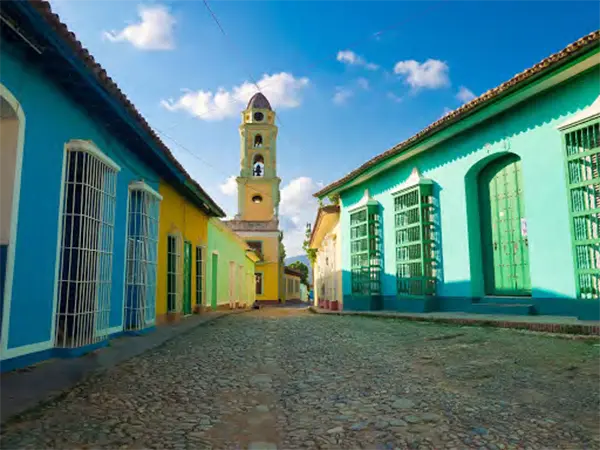
DAY 7 – Cienfuegos
Return to Cienfuegos to disembark.
Some recommendations:
Before or after your boat trip, explore the city of Trinidad, known for its old colonial town and cobblestone streets. The main neobaroque square, Plaza Mayor, is surrounded by grand colonial buildings. The Romantic Museum, in the restored mansion of Palacio Brunet, and the Museum of Colonial Architecture display relics from the era of sugar production in the city. The Church of the Holy Trinity is a 19th-century cathedral with a vaulted sky and carved altars.

Maritime Conditions
General conditions
The temperatures in Cuba are subtropical to tropical, and there are two distinct seasons. The dry season is in winter, between November and May, with temperatures around 77°F (25°C). Summer, between May and November, is more humid and hotter with temperatures around 82°F (28°C). Navigational conditions in summer include strong, short bursts of rain later in the day. Winds are from the northeast between 15 and 25 knots, but can be highly variable depending on tropical depressions in the Gulf of Mexico and the Bahamas. Sometimes they can range from 5 to 35 knots.
